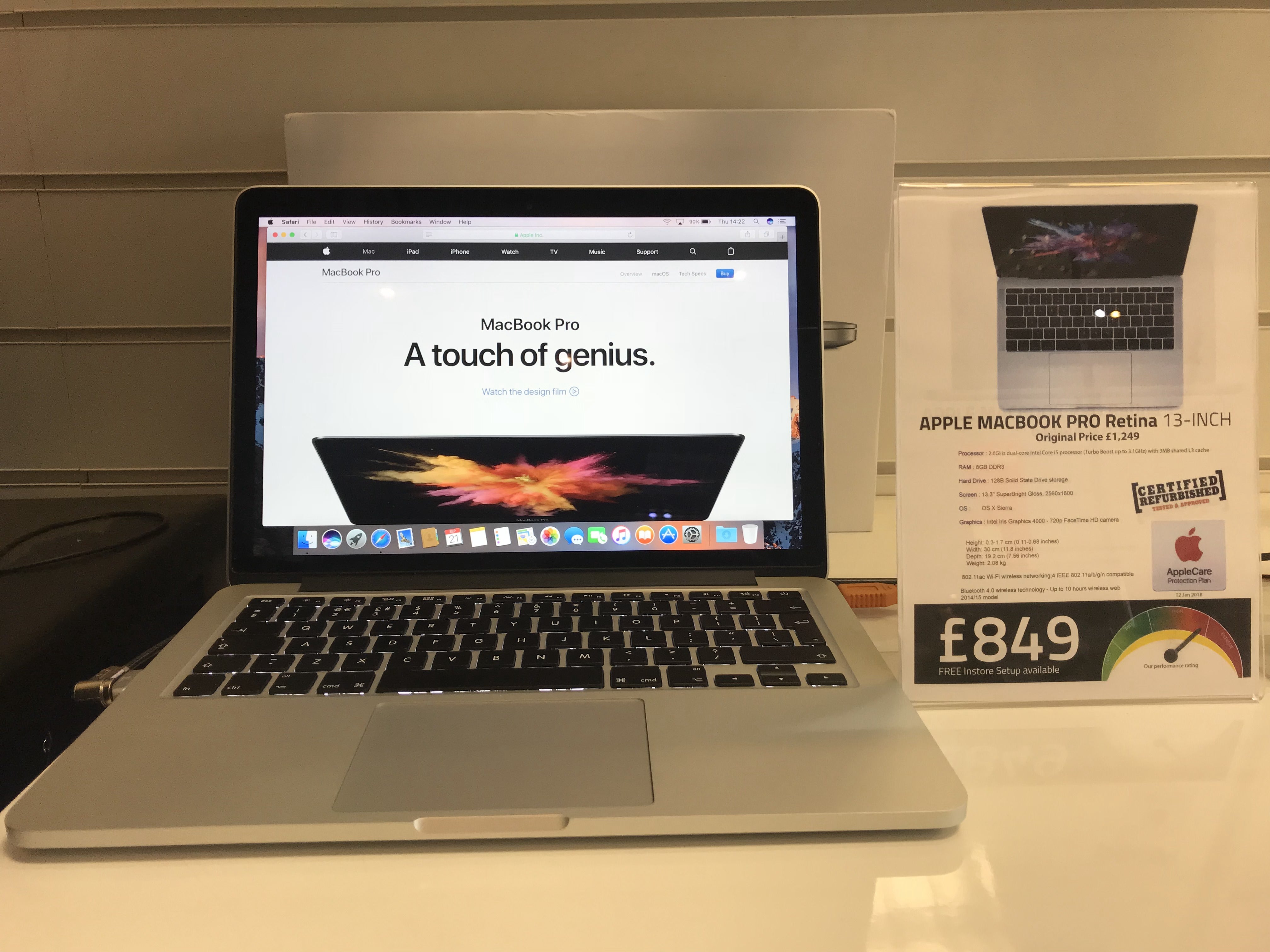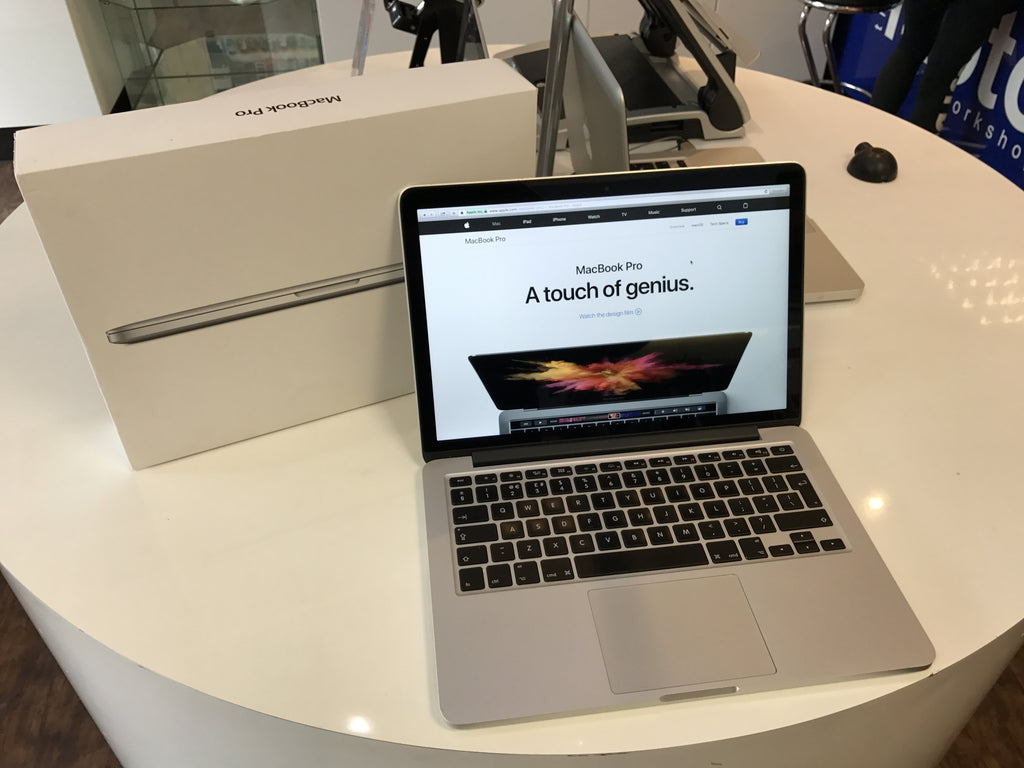
After two days with the Force Touch pad, I was more or less used to it. Moving it from "medium" (the default) to "light" also helped soften the learning curve. (To be fair, I always have tap-to-click enabled on my own Mac, so this didn't feel like much of a workaround for me.) Secondly, there's also an option in the settings to adjust the click pressure.

First off, I turned on the "tap-to-click" option in the settings, which helped me avoid "clicking" when it initially felt too weird. This was an adjustment for me, but I found a few ways to get past it. If you're coming from an older model, as I am, you'll notice the new trackpad feels shallower even though Apple makes it feel like you're clicking something, your finger isn't "pressing down" as far as it normally would. That said, these "button presses" don't feel like using a touchpad on other MacBooks. It's so convincing, in fact, that I would sometimes forget it wasn't a normal trackpad - until I turned the machine off, anyway, and was left with a stiff piece of glass. How? With the use of a " Taptic Engine" - a bunch of wires coiled around a magnetic core that provide vibrating haptic feedback to match whatever you're doing onscreen. Instead, Apple fools you into believing you're clicking something. In fact, the trackpad here doesn't have any buttons there's nothing to depress when you bear down with your finger.

Though it's about as spacious as the one on the old model, the new Force Touch pad does away with the old-school "diving board" - the hinge mechanism that makes it easier to press down on the bottom portion of a touchpad than on the top.
#IS THE 2015 MACBOOK PRO 13 INCH RETINA UPGRADEABLE MAC#
And those are just built-in Mac apps developers can build this feature into third-party apps as well.īefore I get into the utility of all this, though, allow me to take a step back and explain how this thing works. You can also use it in Finder to preview files.

Speaking of Mail, you can Force Click on an address and see it in a pop-up map. But there are other use cases: You can use the "Force Click" in Safari to get Wikipedia previews and word definitions. I already gave the example of pressing down on the skip keys in QuickTime to rewind or fast-forward at 60x speed. Except for the fact that the Force Touch pad can do things the Mac regular trackpad can't. So what's the problem? If it ain't broke, don't fix it, right? Right. For starters: What a risky thing for Apple to do, replacing the touchpad that's already the best in its class. With that, I am done talking about the MacBook Pro's hardware.Įxcept for the new trackpad, of course. Oh, and the aluminum lid and chassis are still scratch-prone. Nope, no USB Type-C ports like on the new MacBook - at least not this time around. Big whoop.Īround the edges, you get the same selection of ports: two USB 3.0 connections, a full-sized HDMI socket, two Thunderbolt 2 ports, an SD card slot and a headphone jack. As before, the machine measures a slim 0.71 inch thick, though Apple is listing the weight as slightly heavier this time around: 3.48 pounds, as opposed to 3.46. The new MBP, like so many before it, is constructed from a seamless block of machined aluminum, with springy, well-spaced keys and a crisp 2,560 x 1,600 display, framed by a thin, barely there bezel. If you already own a recent MacBook Pro, or have even futzed around an Apple Store, then you know what to expect here.


 0 kommentar(er)
0 kommentar(er)
